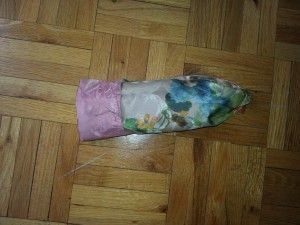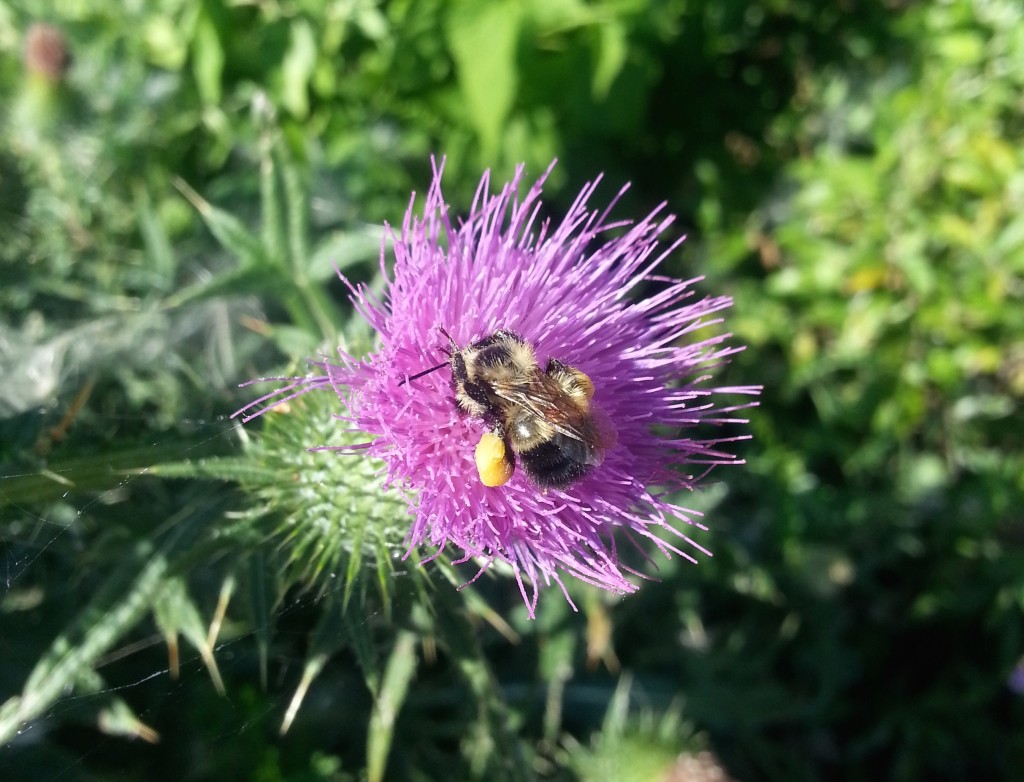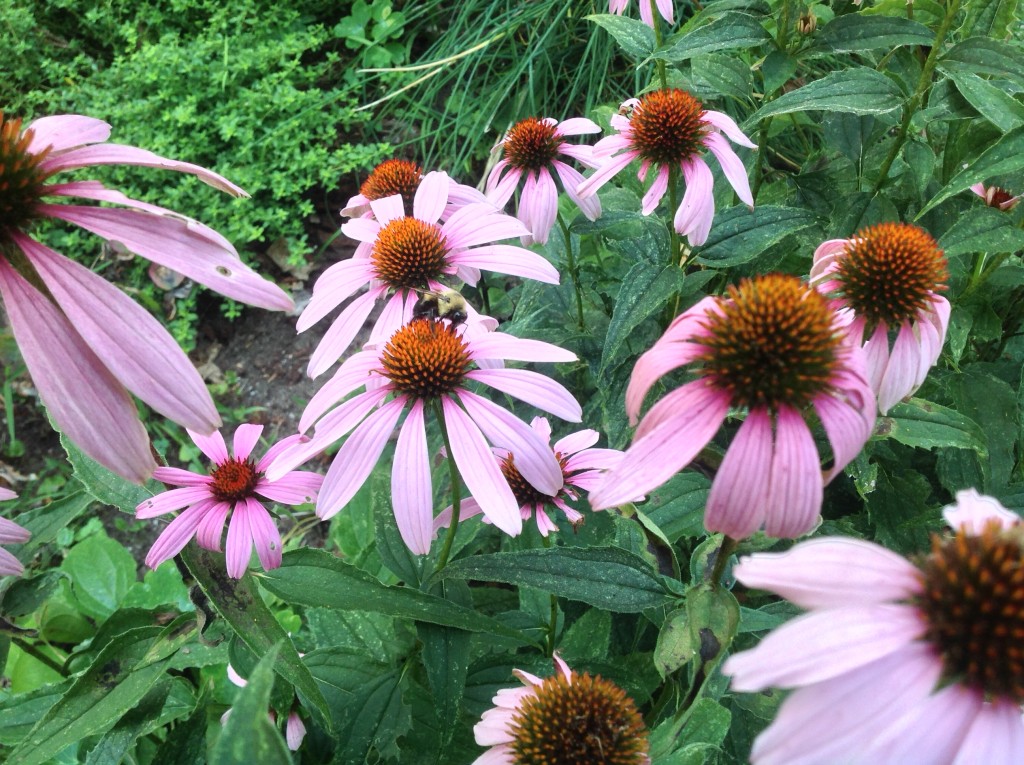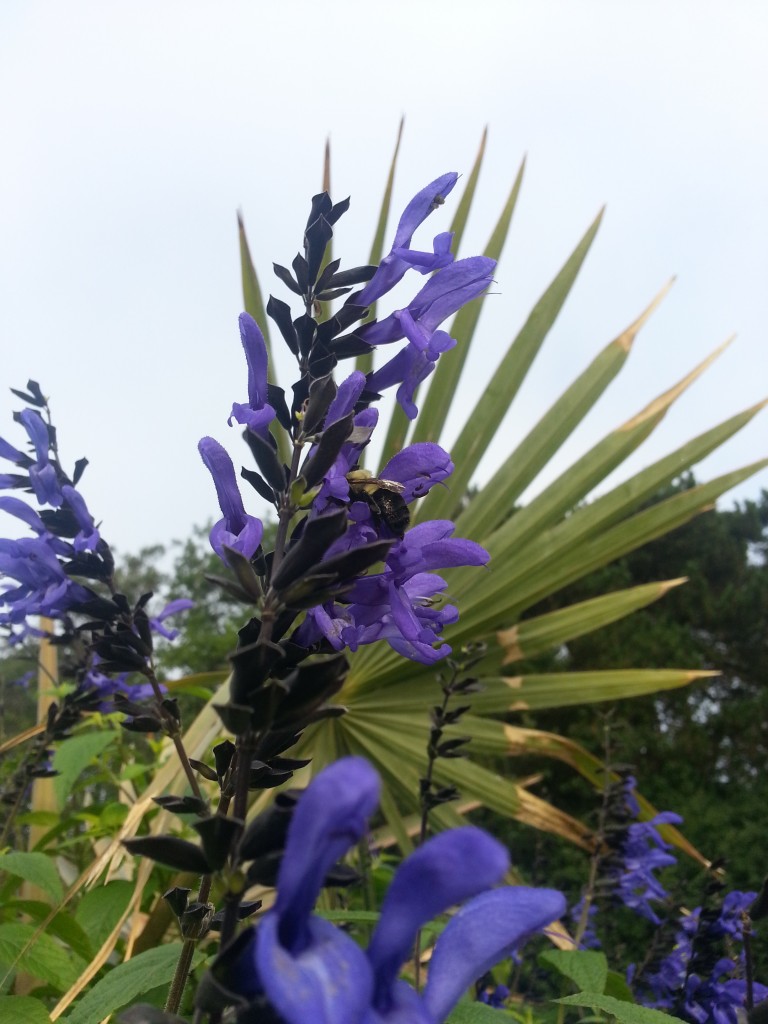Friday evening, while enjoying a pre-dinner glass of wine, I had the misfortune to tumble into a lake with my phone in my dress pocket. erp. To be fair, it wasn’t because I was tipsy. The dock post on which I was supporting myself fell into the water taking me with it.
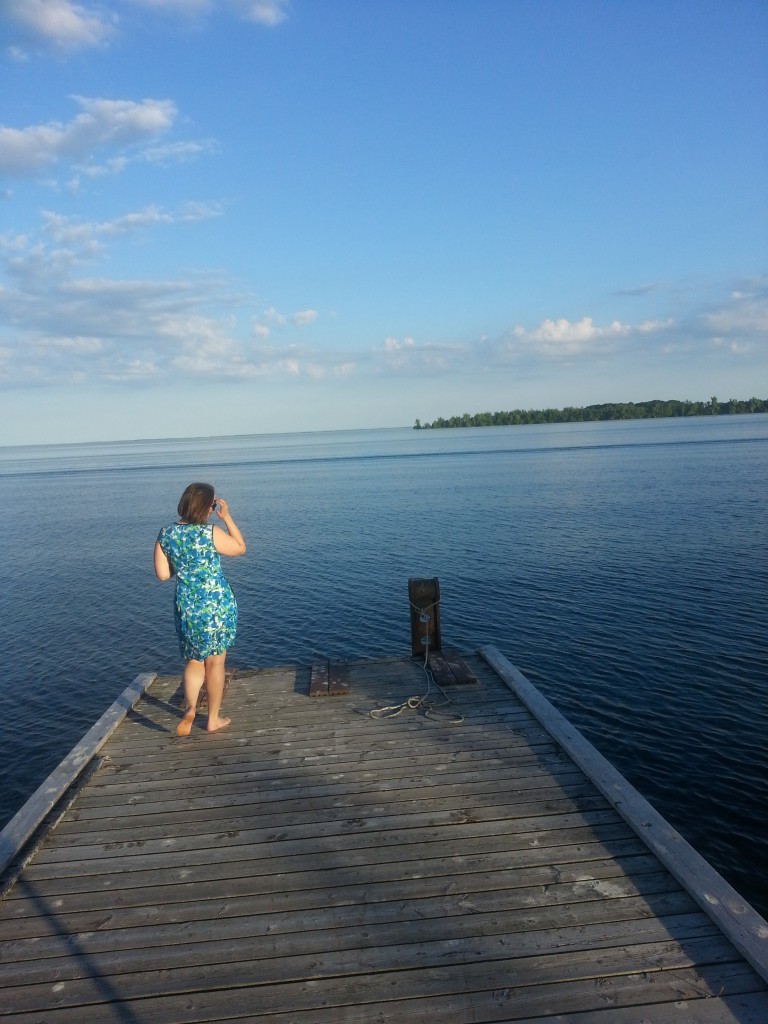
The faulty dock post is on the left with a piece of rope tied around it. It was a pretty substantial post and left me with three shin bruises on the way down!
After the initial shock, I immediately handed my phone to my friend who ran to the restaurant for a bag of rice*. She ran back with a towel. By that time I was back on the dock wringing out my dress and giggling, definitely a by product of being tipsy.
I felt calm about the whole thing. Most things on my phone are available somewhere else, albeit less convenient to access. And in a nerdish, professional way, I was curious to evaluate the robustness of my backup system. It also forced a couple of personal projects related to digital photos and calendar synchronization into high priority.
I often read articles, or see advertisements, about taking vacations without our devices. Without a phone to access I had time to wonder, is it more stressful to have a smartphone or to be without it? Occasionally I’ve forgotten my phone, or had the battery die, but not knowing if my phone would work was a different feeling. After day one I did start to feel mildly stressed about the cost, time, and effort involved to replace it. I rely heavily on my smartphone as both a convenience and a time saver.
By day two I started to appreciate what it meant to be phone-less. I took a walk through the botanical gardens near my house. This was both to take a restorative break and to distract me from constantly checking my phone every 20 minutes to see if any more water droplets had disappeared. As I strolled through the gardens I could feel myself relaxing and spending more time looking, smelling, and experiencing. Was this because my phone wasn’t in my purse as a silent and pervasive distraction?
I do think it’s healthy to power down and take breaks from our devices, but it inherently feels less stressful to do so when:
a) I’m in control of when I’m taking the break; and
b) I don’t have the stress of having to replace (or restore) anything.
My advice, leave your device at home before you go jump in a lake.
*It took 2 full days, but the rice worked. Remove the battery and cards.

